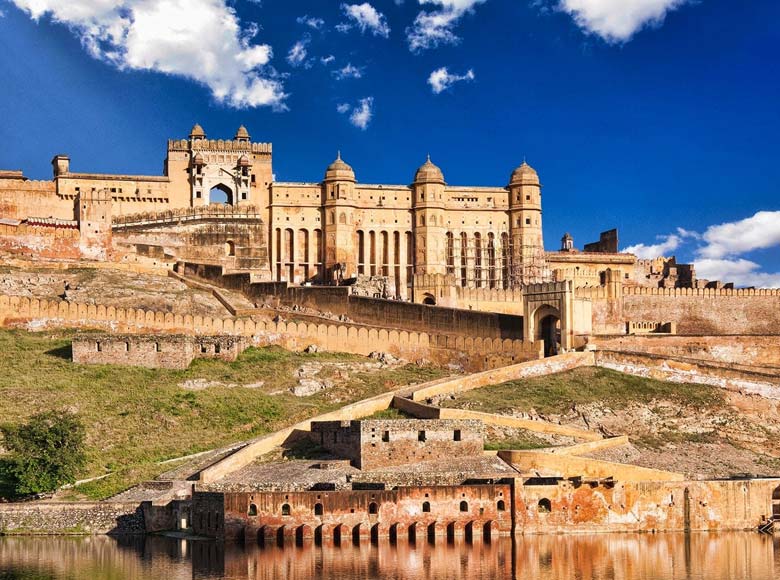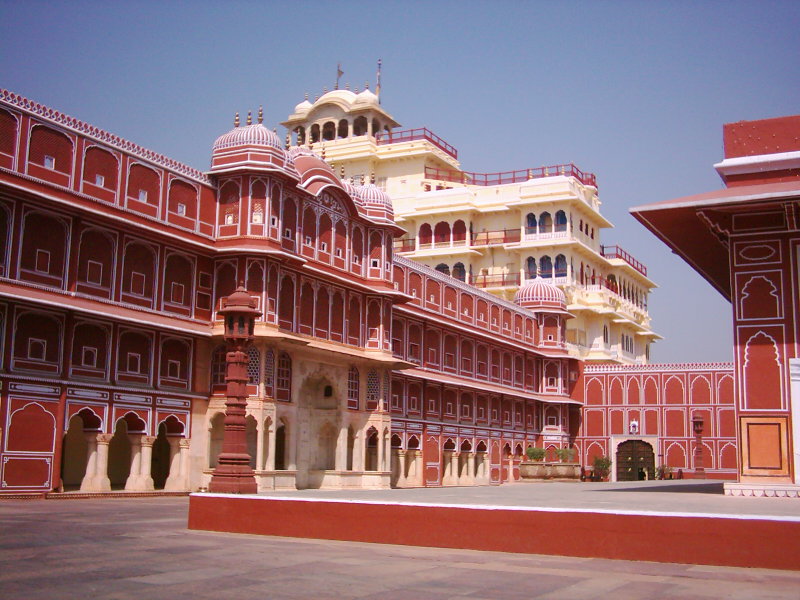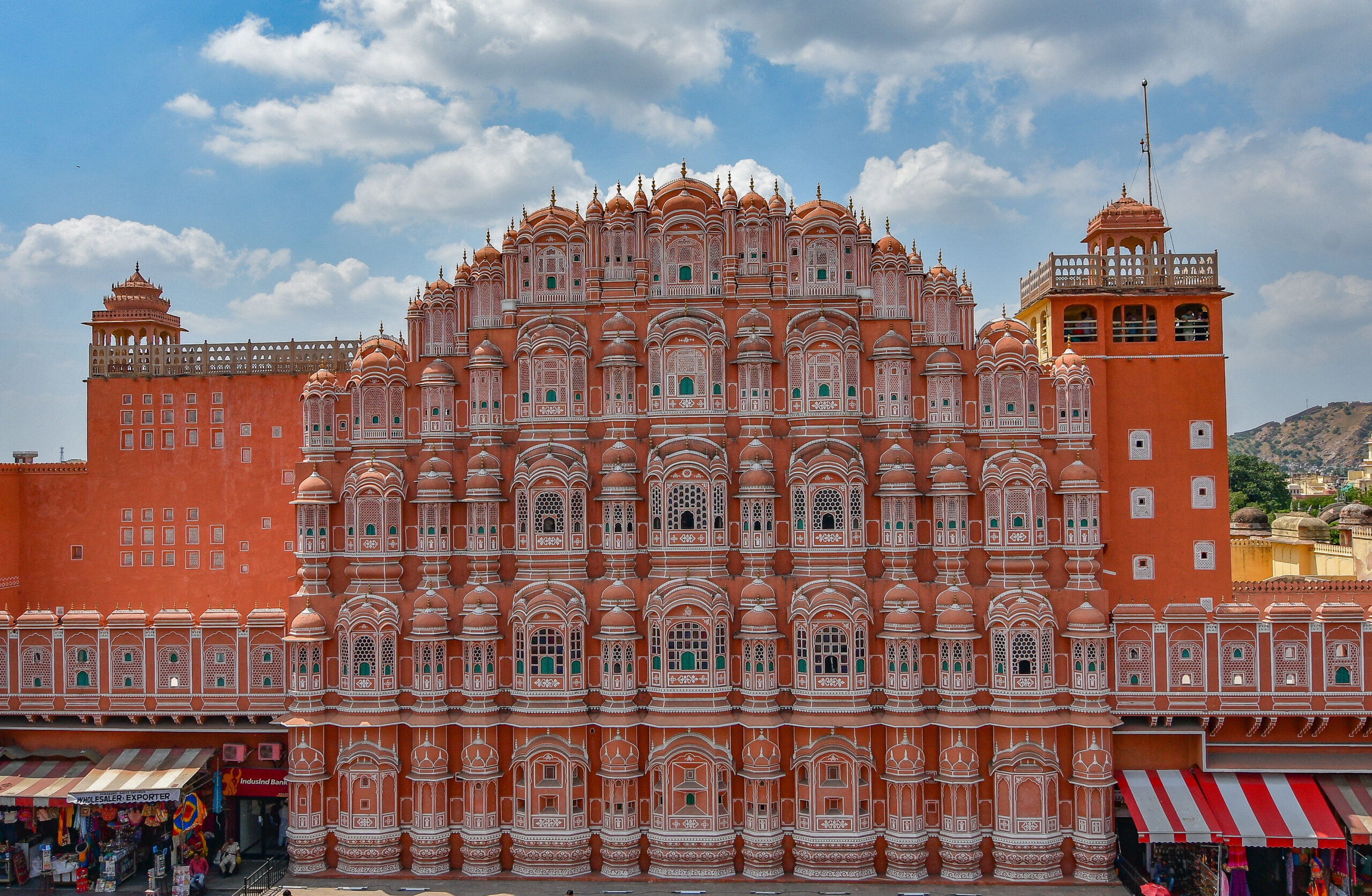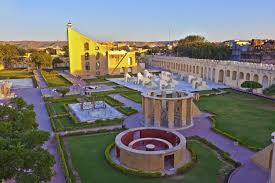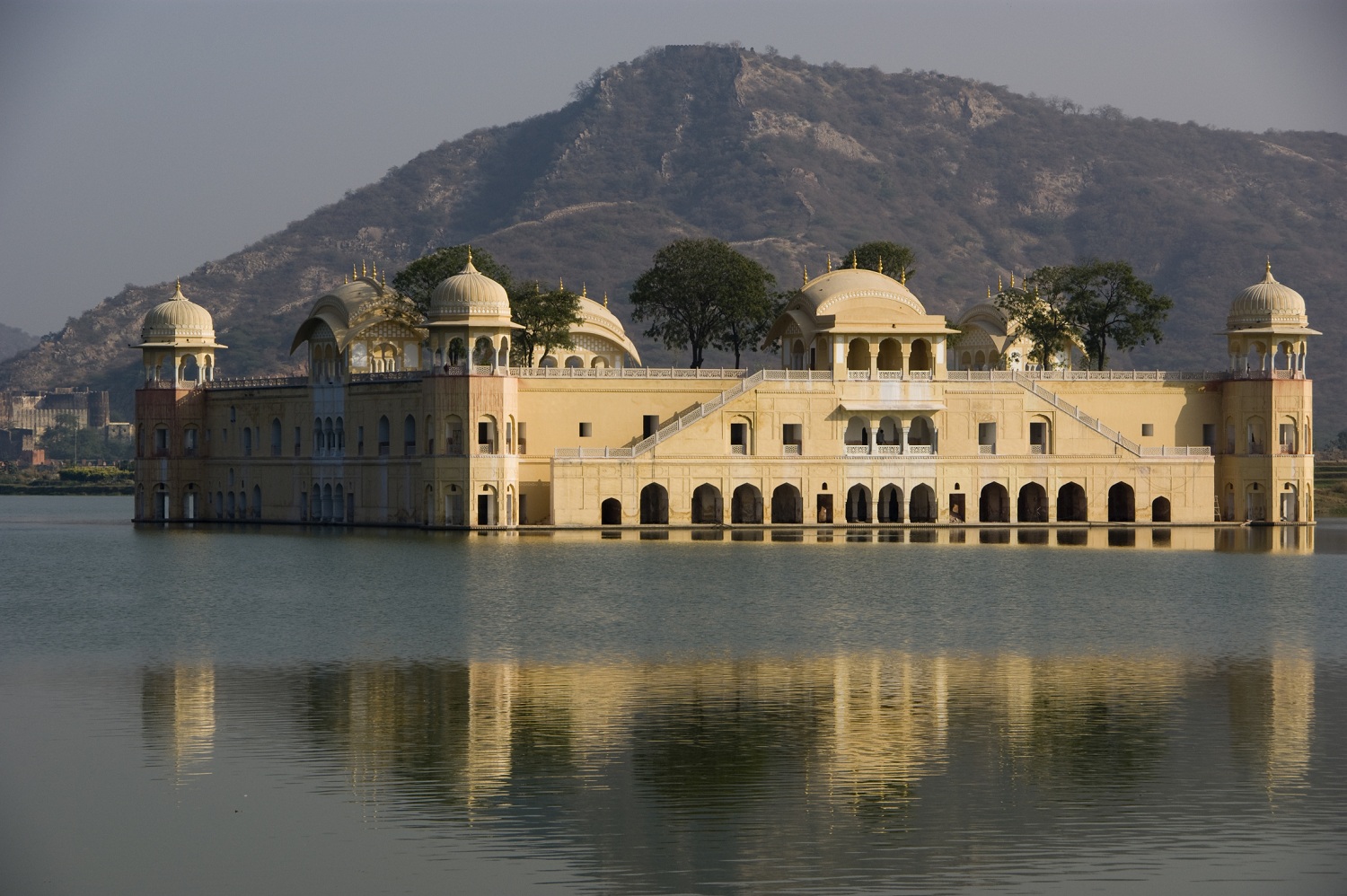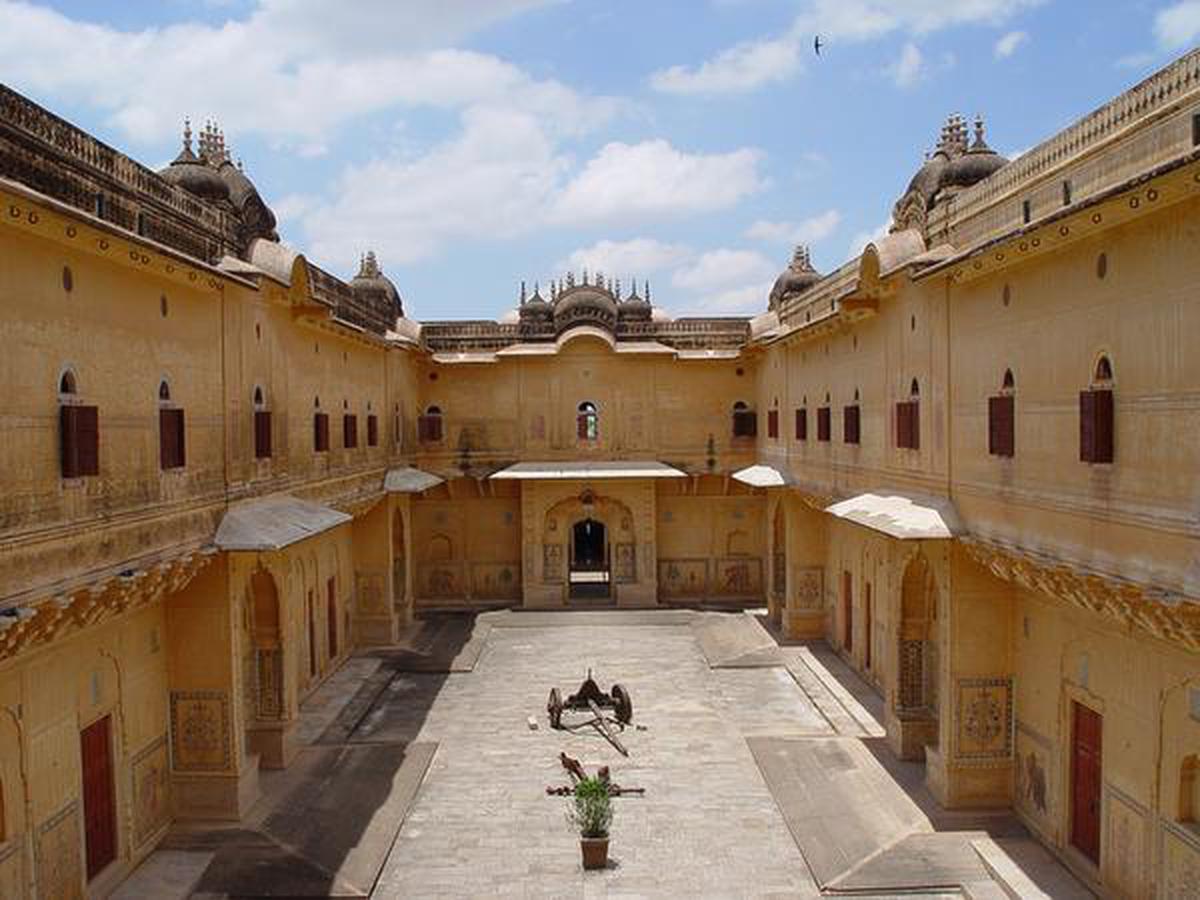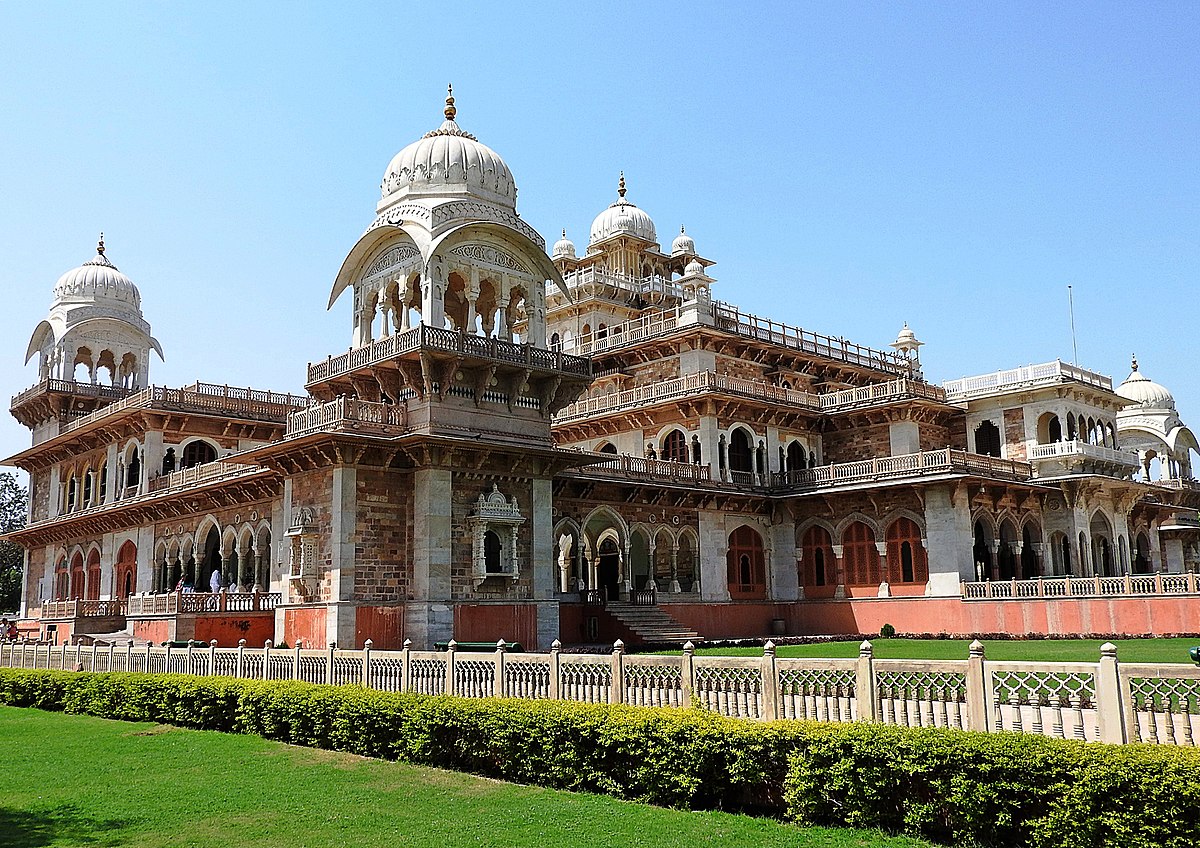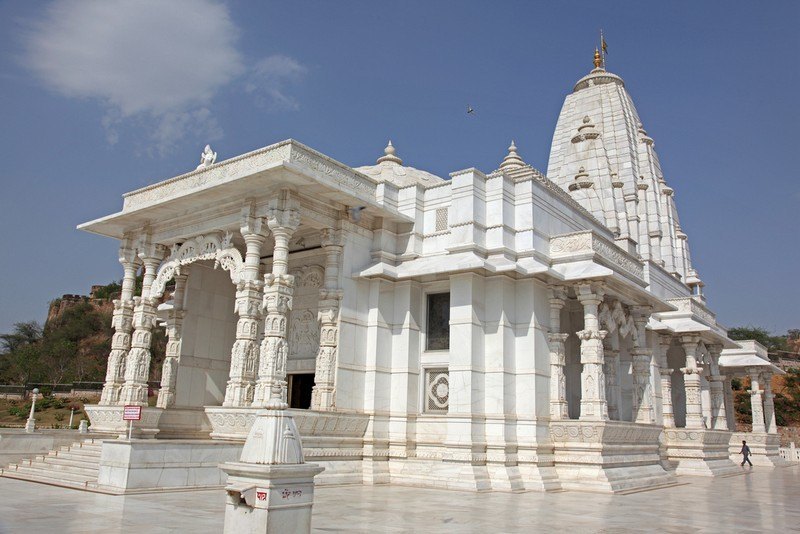Nestled on the rocky hills just outside Jaipur, the Amber Fort is a stunning blend of Hindu and Mughal architecture. This magnificent fort, built with red sandstone and marble, offers a glimpse into the opulent lifestyle of the Rajput Maharajas.
History and Architecture
Amber Fort, also known as Amer Fort, was built in 1592 by Raja Man Singh. The fort comprises a series of palaces, courtyards, halls, and gardens, each more splendid than the last. The Sheesh Mahal (Mirror Palace) is a highlight, with its walls and ceilings inlaid with thousands of tiny mirrors, creating a dazzling effect when lit by candles.
